Home>Furniture & Design>Interior Design Trends>How To Price Wine By The Glass
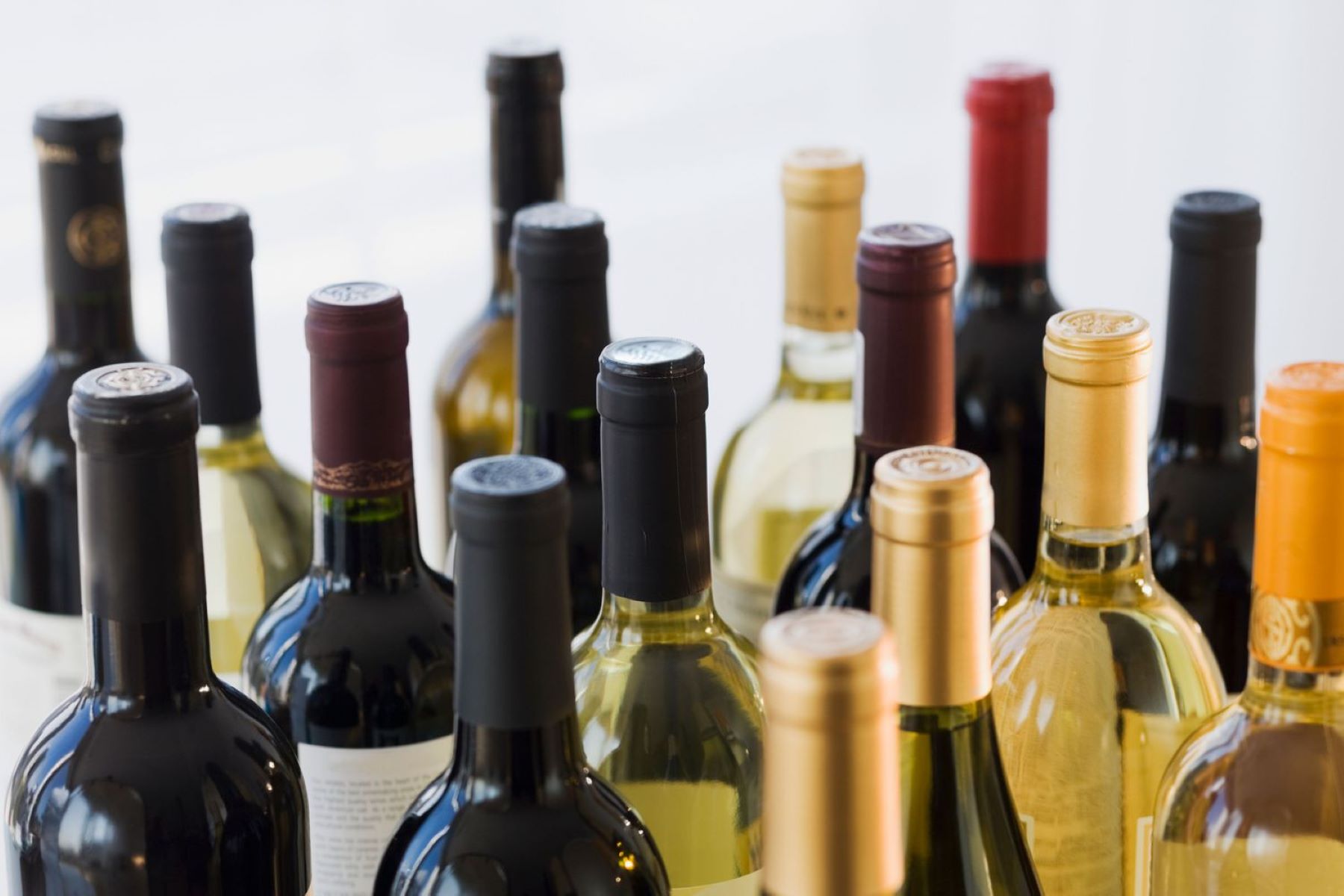

Interior Design Trends
How To Price Wine By The Glass
Published: February 5, 2024
Learn about the latest interior design trends for pricing wine by the glass. Discover how to create a stylish and functional wine display in your space. Explore innovative ideas for showcasing your wine collection.
(Many of the links in this article redirect to a specific reviewed product. Your purchase of these products through affiliate links helps to generate commission for Storables.com, at no extra cost. Learn more)
Introduction
Pricing wine by the glass is a delicate art that requires a blend of financial acumen and market understanding. As a restaurant or bar owner, setting the right price for wine offerings can significantly impact your bottom line and customer satisfaction. It's not just about covering costs; it's about finding the sweet spot that entices patrons while ensuring profitability.
In this comprehensive guide, we will delve into the intricacies of pricing wine by the glass. From understanding the cost components to considering market dynamics and calculating the ideal markup, we will equip you with the knowledge and strategies to make informed pricing decisions. Additionally, we will explore the importance of offering a diverse and appealing selection to cater to varying preferences and enhance the overall dining or drinking experience.
Join us on this journey as we unravel the nuances of wine pricing, empowering you to navigate this aspect of your business with confidence and finesse. Let's embark on this exploration of the art and science behind pricing wine by the glass, where every pour holds the potential to elevate the customer experience and drive profitability.
Key Takeaways:
- Pricing wine by the glass involves understanding costs, market dynamics, and calculating the ideal markup. It’s a delicate balance of financial acumen and customer value, essential for restaurant and bar owners.
- Offering a diverse selection of wines enriches the customer experience, catering to varied preferences and occasions. It fosters exploration, education, and a fulfilling dining or drinking experience for patrons.
Read more: How To Get Price Tags Off Glass
Understanding the Cost
Pricing wine by the glass necessitates a comprehensive understanding of the underlying cost structure. This involves a meticulous assessment of various components that contribute to the overall expense of offering wine selections to patrons. By dissecting these cost elements, restaurant and bar owners can gain clarity on the financial implications and make informed pricing decisions that align with their business objectives.
The cost of wine by the glass encompasses more than just the wholesale price of the bottle. It extends to encompass factors such as inventory management, spoilage, and the serving portion. To accurately gauge the cost, it's imperative to consider the following key components:
-
Wholesale Price: This forms the foundation of the cost structure. It represents the price at which the establishment procures the wine from distributors or wineries. It's essential to strike a balance between quality and cost-effectiveness when selecting wines for the by-the-glass menu.
-
Serving Portion: The portion size for a glass of wine directly impacts the cost per serving. Careful consideration must be given to standardizing the pour size to ensure consistency and manage expenses effectively.
-
Waste and Spoilage: Wine, once opened, has a limited shelf life. The potential for spoilage and wastage must be factored into the cost calculation. Implementing efficient inventory management practices and leveraging preservation technologies can mitigate these losses.
-
Overhead Costs: Beyond the direct cost of the wine itself, overhead expenses such as glassware, staff wages, and operational costs play a role in determining the overall cost of serving wine by the glass.
By comprehensively understanding these cost components, restaurant and bar owners can gain clarity on the financial implications of offering wine by the glass. This insight serves as the foundation for making informed pricing decisions that strike a balance between profitability and customer value. It empowers establishments to set prices that reflect the quality of the offering while ensuring sustainable financial performance.
In the next section, we will explore the dynamic interplay between cost considerations and market dynamics, shedding light on the factors that influence pricing strategies in the context of customer demand and competitive positioning.
Considering the Market
Understanding the market dynamics is pivotal in devising an effective pricing strategy for wine by the glass. It involves a nuanced assessment of customer preferences, competitive landscape, and overarching market trends. By aligning pricing decisions with market realities, restaurant and bar owners can optimize their offerings to resonate with patrons while maintaining a competitive edge.
Customer preferences play a central role in shaping the pricing strategy for wine by the glass. It's essential to gauge the demographic and psychographic profiles of the target audience to discern their inclinations towards wine consumption. Factors such as taste preferences, price sensitivity, and lifestyle choices influence the perceived value of wine offerings. By conducting market research and leveraging customer feedback, establishments can tailor their pricing to align with the preferences and purchasing behaviors of their clientele.
Furthermore, analyzing the competitive landscape provides valuable insights into prevailing pricing norms and positioning strategies adopted by rival establishments. By benchmarking against competitors, restaurant and bar owners can ascertain the perceived value of their wine offerings in the context of the broader market. This enables them to calibrate their pricing to remain competitive while differentiating their offerings based on unique value propositions, be it through curated selections, sommelier recommendations, or themed tasting experiences.
Market trends, encompassing evolving consumer preferences and industry developments, also exert influence on pricing decisions. For instance, the growing demand for organic and sustainable wines reflects a broader trend towards ethical consumption, which can impact pricing considerations. Similarly, the emergence of novel varietals or wine styles may present opportunities for premium pricing based on exclusivity and novelty.
By considering the market landscape in its entirety, restaurant and bar owners can refine their pricing strategies to resonate with customer preferences, maintain competitiveness, and capitalize on emerging trends. This holistic approach ensures that pricing decisions are not made in isolation but are informed by the dynamic interplay of market forces, ultimately enhancing the appeal and commercial viability of wine offerings.
In the subsequent section, we will delve into the art of calculating the ideal markup, a crucial aspect of pricing wine by the glass that balances profitability with customer value.
Consider the cost of the bottle, portion size, and desired profit margin when pricing wine by the glass. Also, take into account the popularity and quality of the wine.
Calculating the Markup
Calculating the markup for wine by the glass is a pivotal step that harmonizes financial considerations with customer value. It involves a strategic approach to pricing that balances profitability with affordability, ensuring that the pricing structure reflects the quality of the offering while resonating with the target market.
The markup, expressed as a percentage, represents the difference between the cost of the wine and the price at which it is offered to patrons. Calculating the ideal markup involves a multifaceted assessment that encompasses cost recovery, profit generation, and perceived value. By leveraging a systematic approach, restaurant and bar owners can arrive at a markup that optimizes revenue while maintaining competitive pricing.
To calculate the markup, the following steps can be employed:
-
Cost Recovery: The markup should first and foremost enable the establishment to recover the cost of the wine while factoring in associated expenses such as serving portions, spoilage, and overhead costs. This ensures that each glass of wine contributes towards covering the direct and indirect costs incurred in offering the selection.
-
Profit Generation: Beyond cost recovery, the markup should facilitate profit generation to sustain the financial health of the business. By setting a reasonable markup, establishments can generate a margin that contributes to overall profitability while remaining attractive to patrons.
-
Perceived Value: The markup should be aligned with the perceived value of the wine offering. This entails considering customer expectations, market positioning, and the overall dining or drinking experience. A well-calibrated markup reflects the quality and appeal of the wine selection, enhancing its desirability among patrons.
-
Competitive Positioning: Benchmarking against competitors and industry standards aids in determining the appropriate markup. By evaluating the pricing strategies of rival establishments, restaurant and bar owners can ascertain the competitive positioning of their wine offerings and adjust the markup to maintain relevance and appeal in the market.
By integrating these considerations, establishments can calculate a markup that strikes a harmonious balance between cost recovery, profit generation, perceived value, and competitive positioning. This approach ensures that the pricing of wine by the glass is not only financially viable but also resonates with patrons, fostering a positive perception of the offering and driving sustained patronage.
In the subsequent section, we will explore the significance of offering variety in wine selections, enriching the overall customer experience and expanding the business's appeal.
Offering Variety
Offering a diverse and compelling variety of wine selections is instrumental in enriching the overall customer experience and expanding the appeal of a restaurant or bar. The art of curating a diverse wine menu goes beyond mere assortment; it entails a thoughtful curation that caters to varying palates, preferences, and occasions. By embracing diversity in wine offerings, establishments can elevate the dining or drinking experience, foster a sense of exploration, and cater to the evolving tastes of their clientele.
Diversity in wine selections encompasses a multifaceted approach that encompasses varietals, regions, styles, and price points. By incorporating a range of varietals such as Chardonnay, Cabernet Sauvignon, Pinot Noir, and Sauvignon Blanc, establishments can cater to the diverse taste preferences of patrons. Additionally, featuring wines from renowned regions such as Napa Valley, Bordeaux, Tuscany, and Marlborough adds a layer of sophistication and allure to the menu, offering patrons a journey through esteemed wine-producing locales.
Moreover, embracing a variety of styles, including sparkling, still, rosé, and dessert wines, ensures that the menu accommodates different occasions and culinary pairings. This diversity enables patrons to explore new sensory experiences, indulge in celebratory toasts, and discover the perfect accompaniment to their culinary choices. Furthermore, incorporating a range of price points, spanning from affordable yet quality-conscious selections to premium and exclusive offerings, caters to the diverse spending capacities and occasions of patrons.
The significance of offering variety extends beyond meeting customer preferences; it also fosters a sense of discovery and education. By featuring lesser-known varietals, emerging wine regions, and unique winemaking techniques, establishments can engage patrons in a journey of exploration and appreciation. This not only enhances the overall customer experience but also positions the establishment as a destination for wine enthusiasts seeking new and intriguing discoveries.
In essence, offering variety in wine selections is a testament to an establishment's commitment to providing a rich and fulfilling experience for patrons. It reflects a dedication to catering to diverse tastes, occasions, and preferences while fostering a culture of exploration and appreciation. By embracing diversity in wine offerings, establishments can elevate their appeal, differentiate their offerings, and cultivate a loyal patronage that values the enriching and multifaceted experience they provide.
Read more: Which Wine Glass For Which Wine
Conclusion
Pricing wine by the glass is a multifaceted endeavor that intertwines financial acumen, market understanding, and a commitment to delivering exceptional customer experiences. As we conclude this exploration of the art and science behind pricing wine by the glass, it becomes evident that the intricacies of this process extend far beyond mere cost recovery and profit generation. It is a delicate balance of aligning financial considerations with customer value, market dynamics, and the enriching diversity of wine offerings.
By comprehensively understanding the cost components, restaurant and bar owners can gain clarity on the financial implications of offering wine by the glass. This insight serves as the foundation for making informed pricing decisions that strike a balance between profitability and customer value. It empowers establishments to set prices that reflect the quality of the offering while ensuring sustainable financial performance.
Understanding the market dynamics is pivotal in devising an effective pricing strategy for wine by the glass. By aligning pricing decisions with market realities, restaurant and bar owners can optimize their offerings to resonate with patrons while maintaining a competitive edge. By considering the market landscape in its entirety, restaurant and bar owners can refine their pricing strategies to resonate with customer preferences, maintain competitiveness, and capitalize on emerging trends.
Calculating the markup for wine by the glass involves a strategic approach to pricing that balances profitability with affordability, ensuring that the pricing structure reflects the quality of the offering while resonating with the target market. By integrating these considerations, establishments can calculate a markup that strikes a harmonious balance between cost recovery, profit generation, perceived value, and competitive positioning.
Offering a diverse and compelling variety of wine selections is instrumental in enriching the overall customer experience and expanding the appeal of a restaurant or bar. By embracing diversity in wine offerings, establishments can elevate the dining or drinking experience, foster a sense of exploration, and cater to the evolving tastes of their clientele.
In essence, pricing wine by the glass is not merely a financial transaction; it is an artful orchestration of cost, value, market dynamics, and customer experience. By navigating this terrain with finesse and insight, restaurant and bar owners can elevate their offerings, cultivate patron loyalty, and carve a distinct niche in the competitive landscape of the hospitality industry.
Frequently Asked Questions about How To Price Wine By The Glass
Was this page helpful?
At Storables.com, we guarantee accurate and reliable information. Our content, validated by Expert Board Contributors, is crafted following stringent Editorial Policies. We're committed to providing you with well-researched, expert-backed insights for all your informational needs.
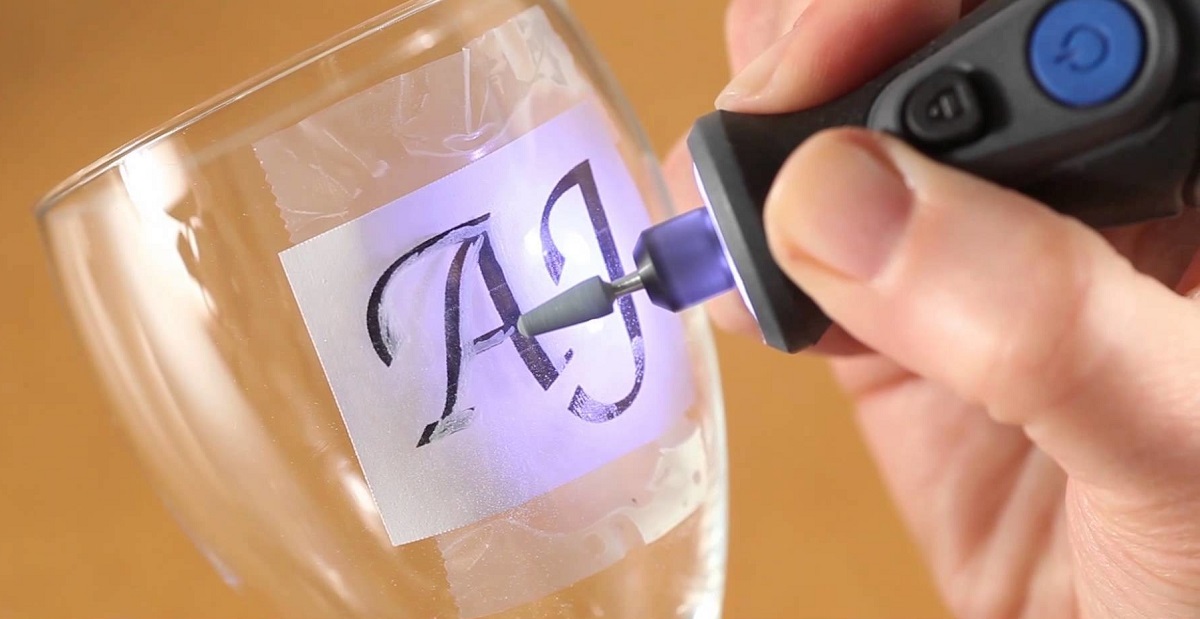
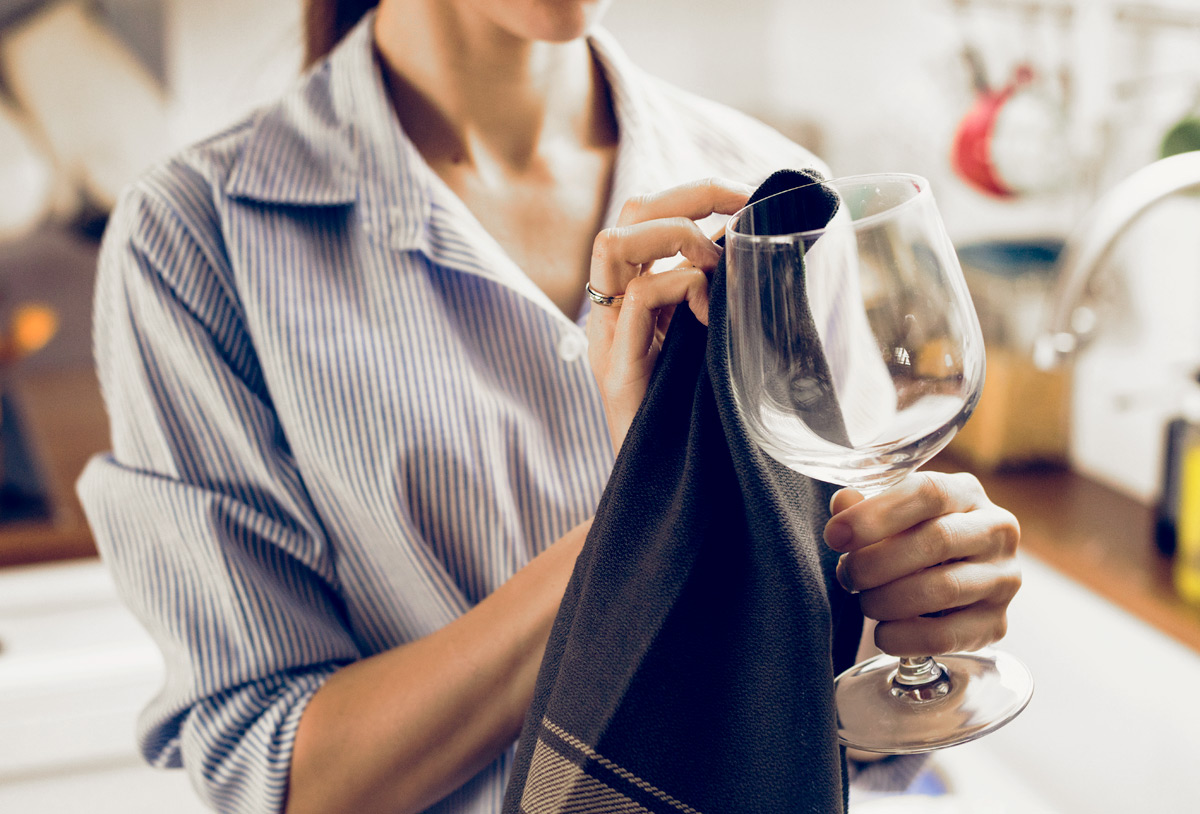
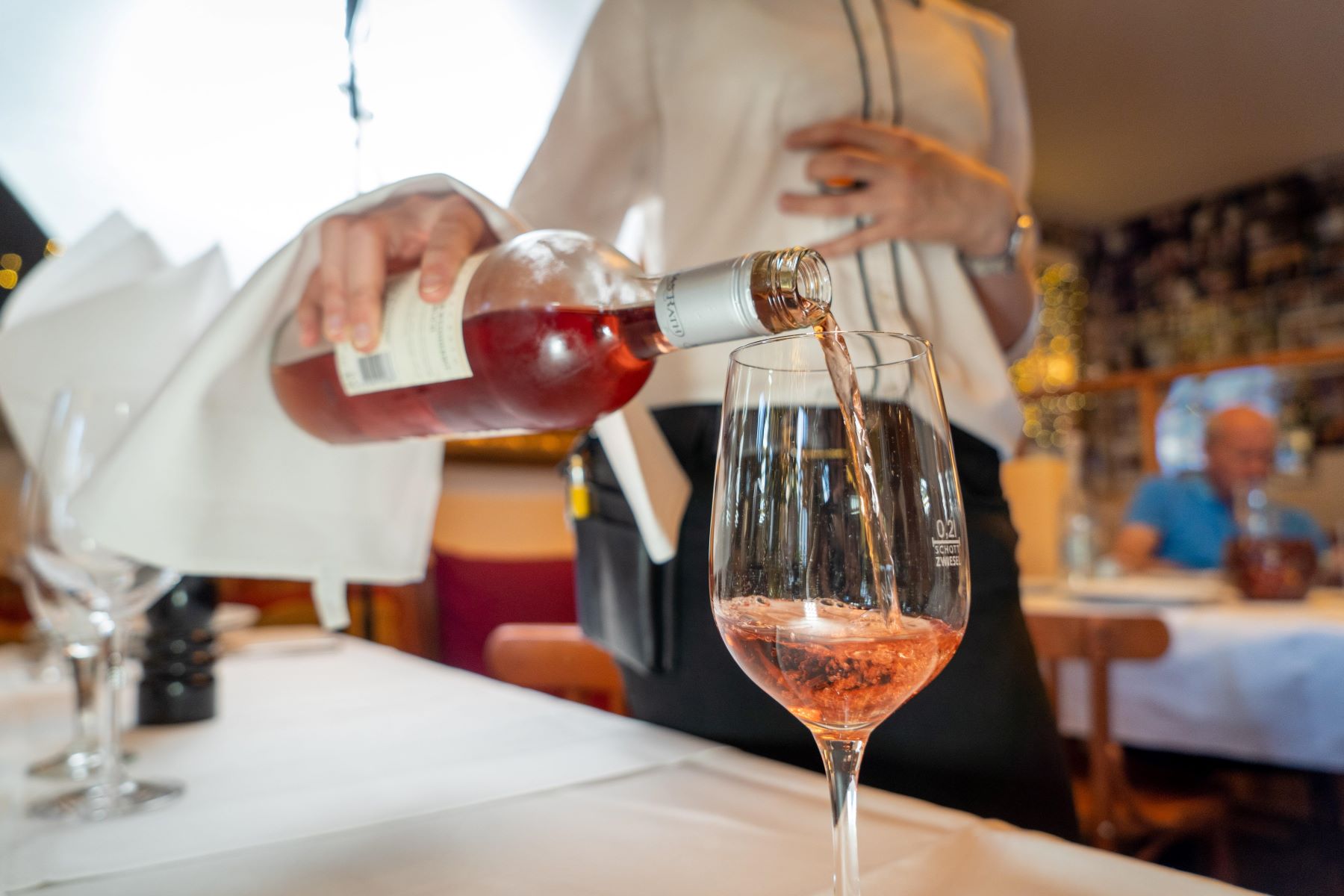
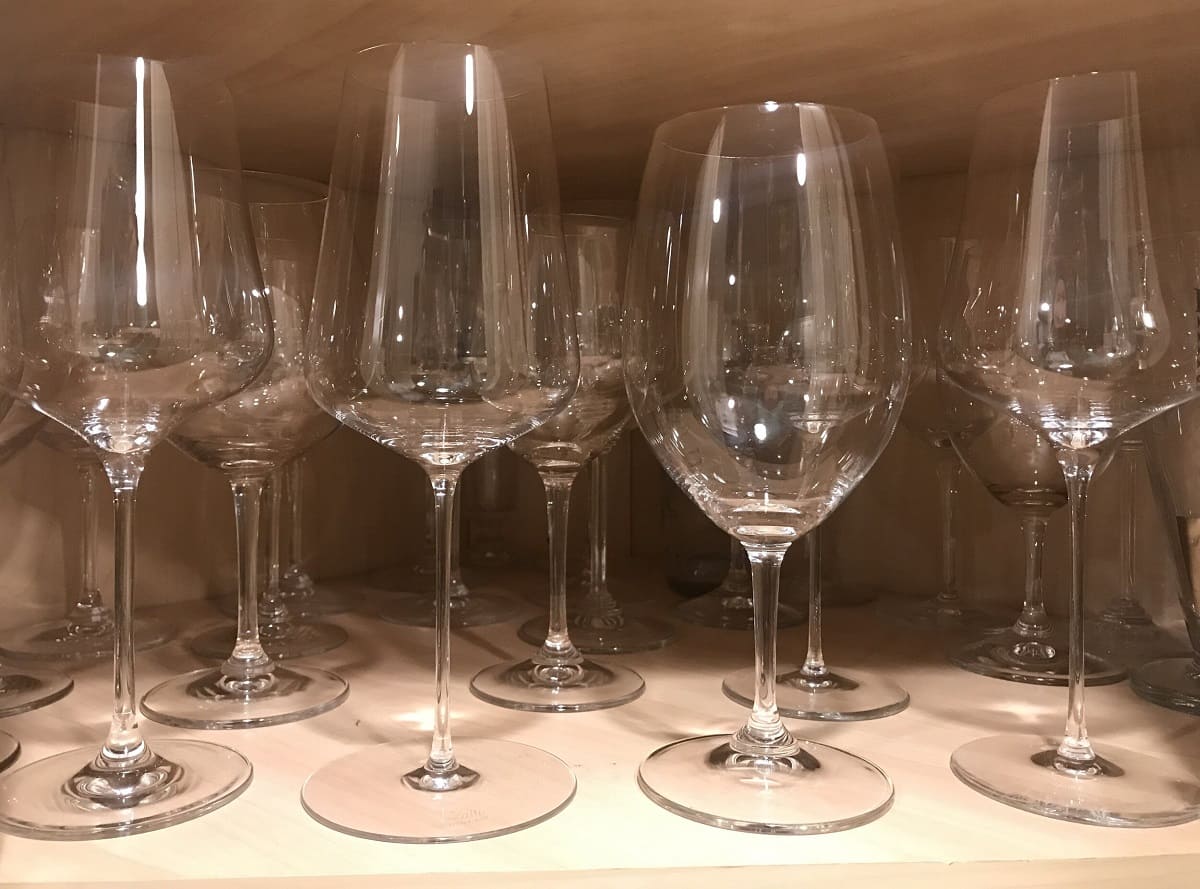
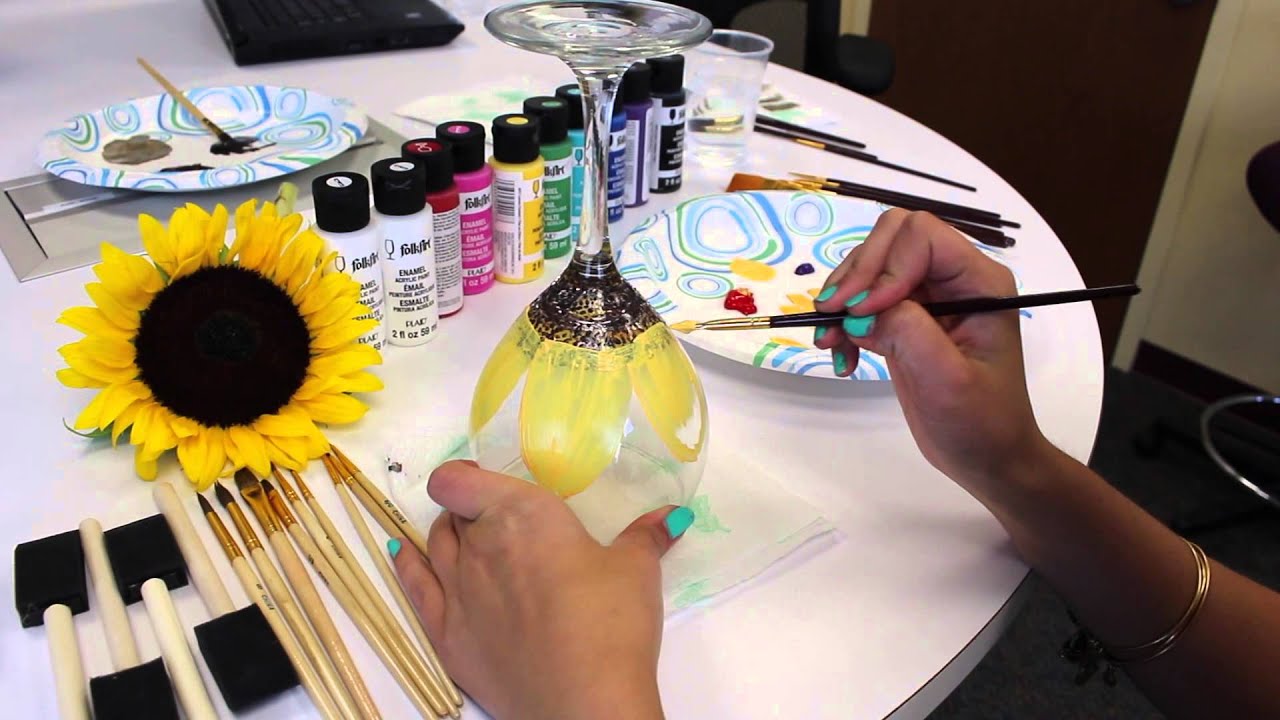
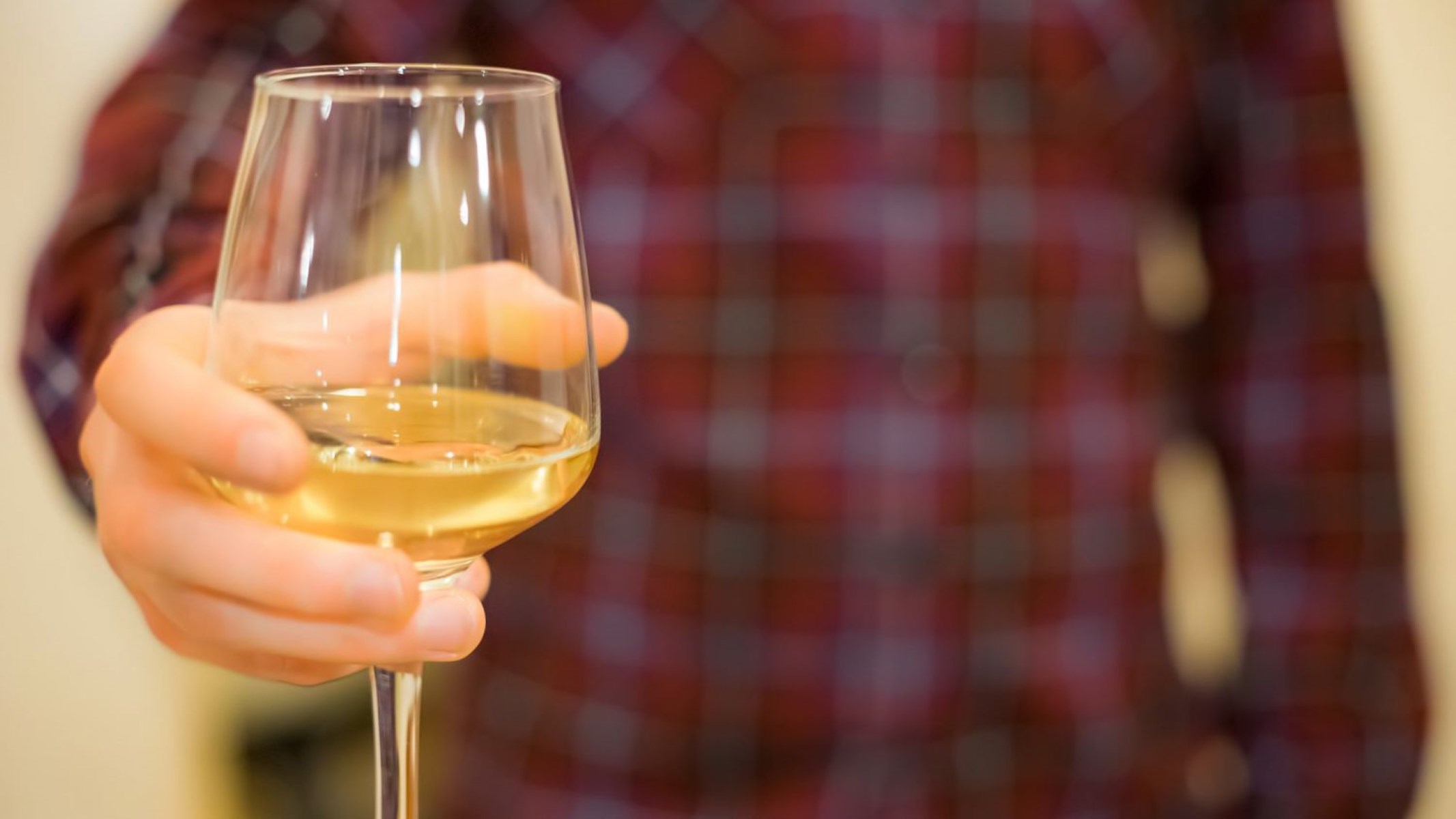

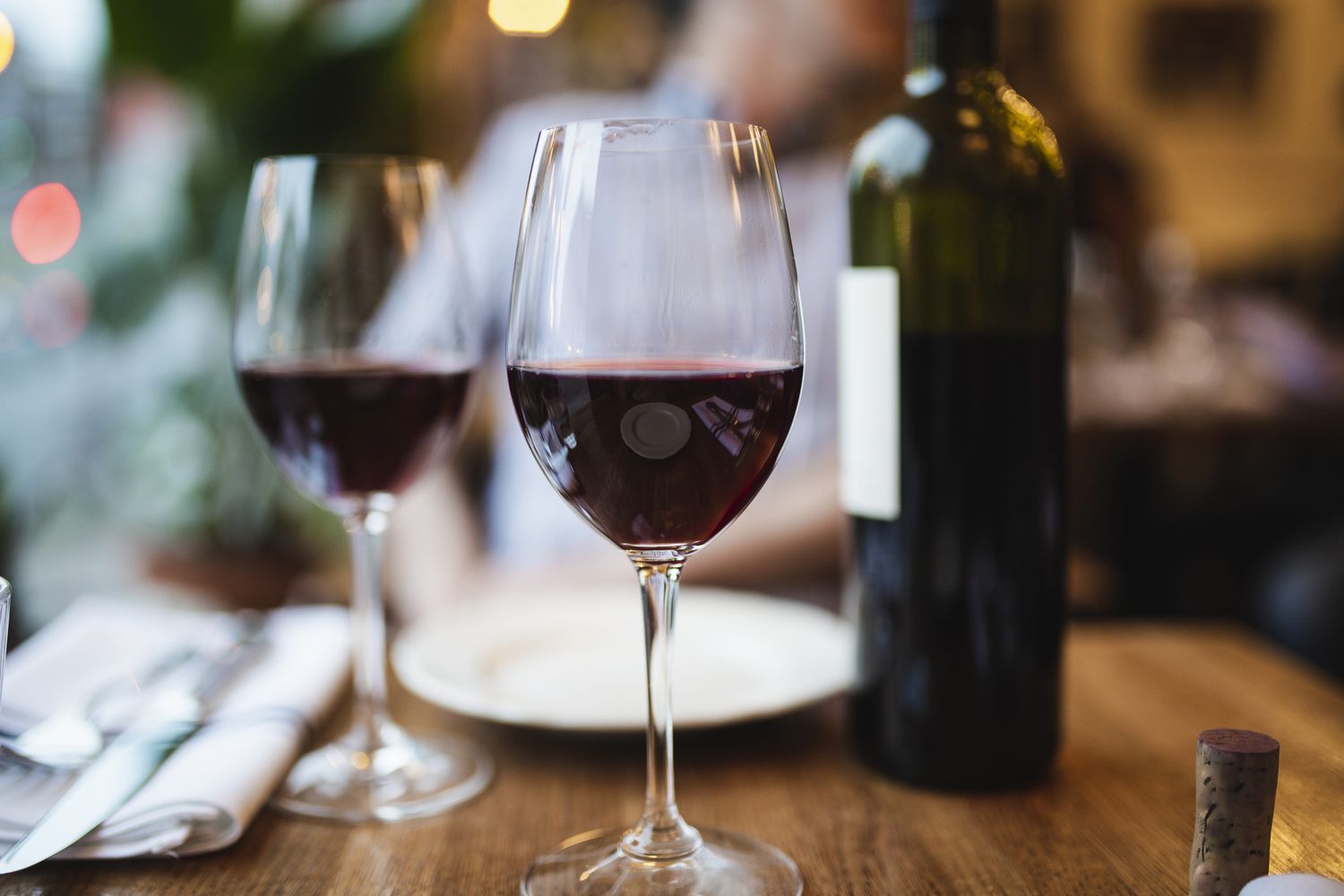
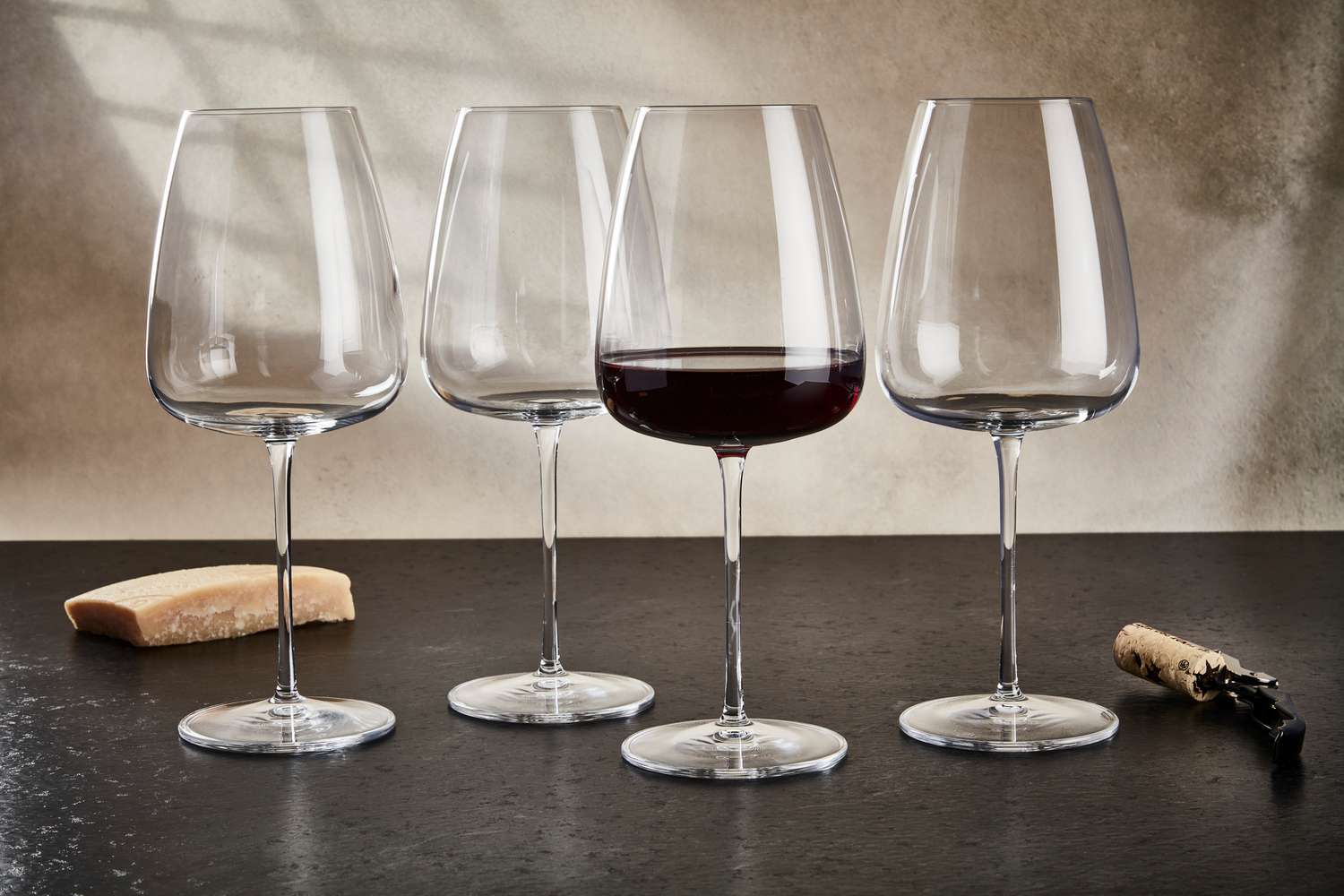
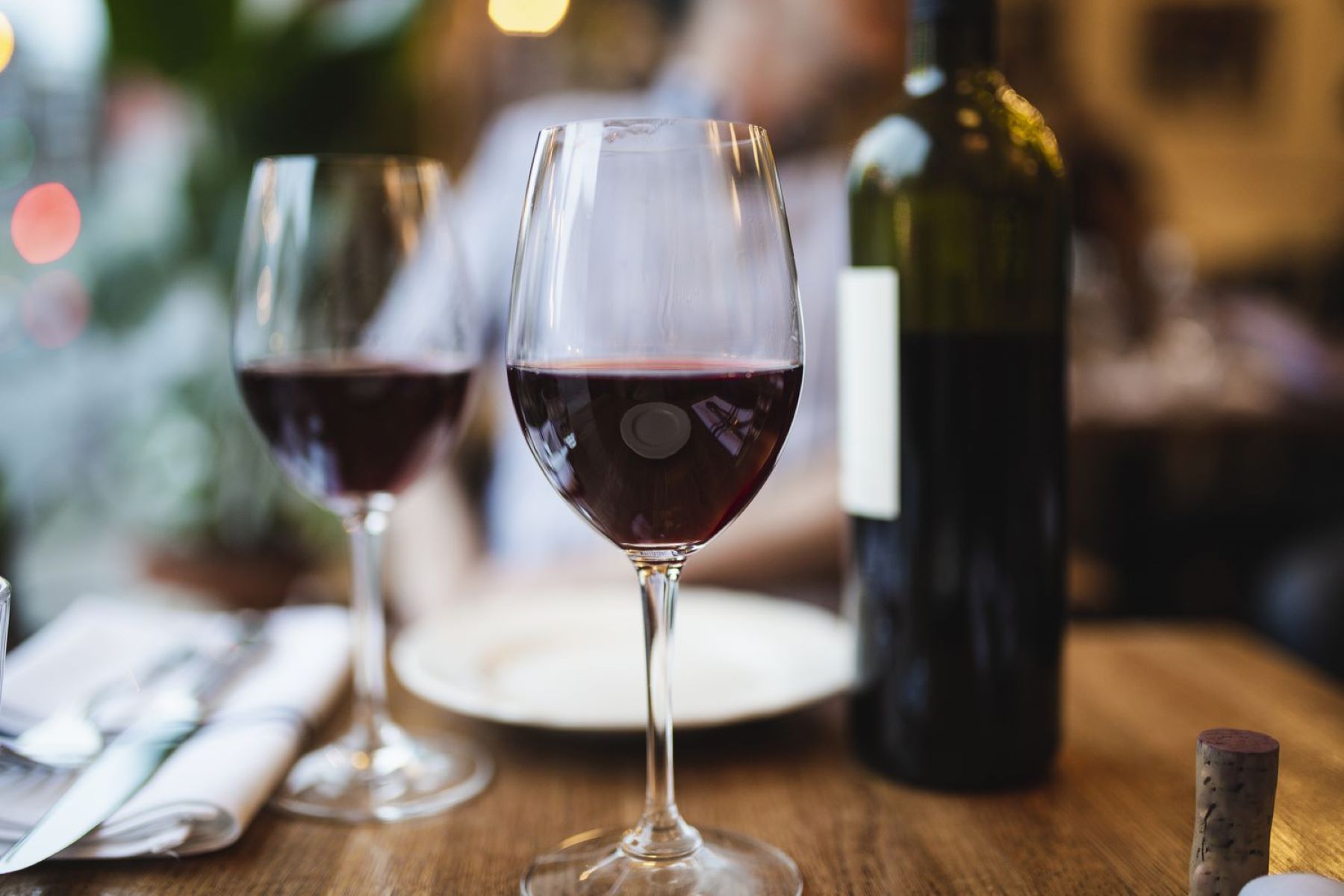
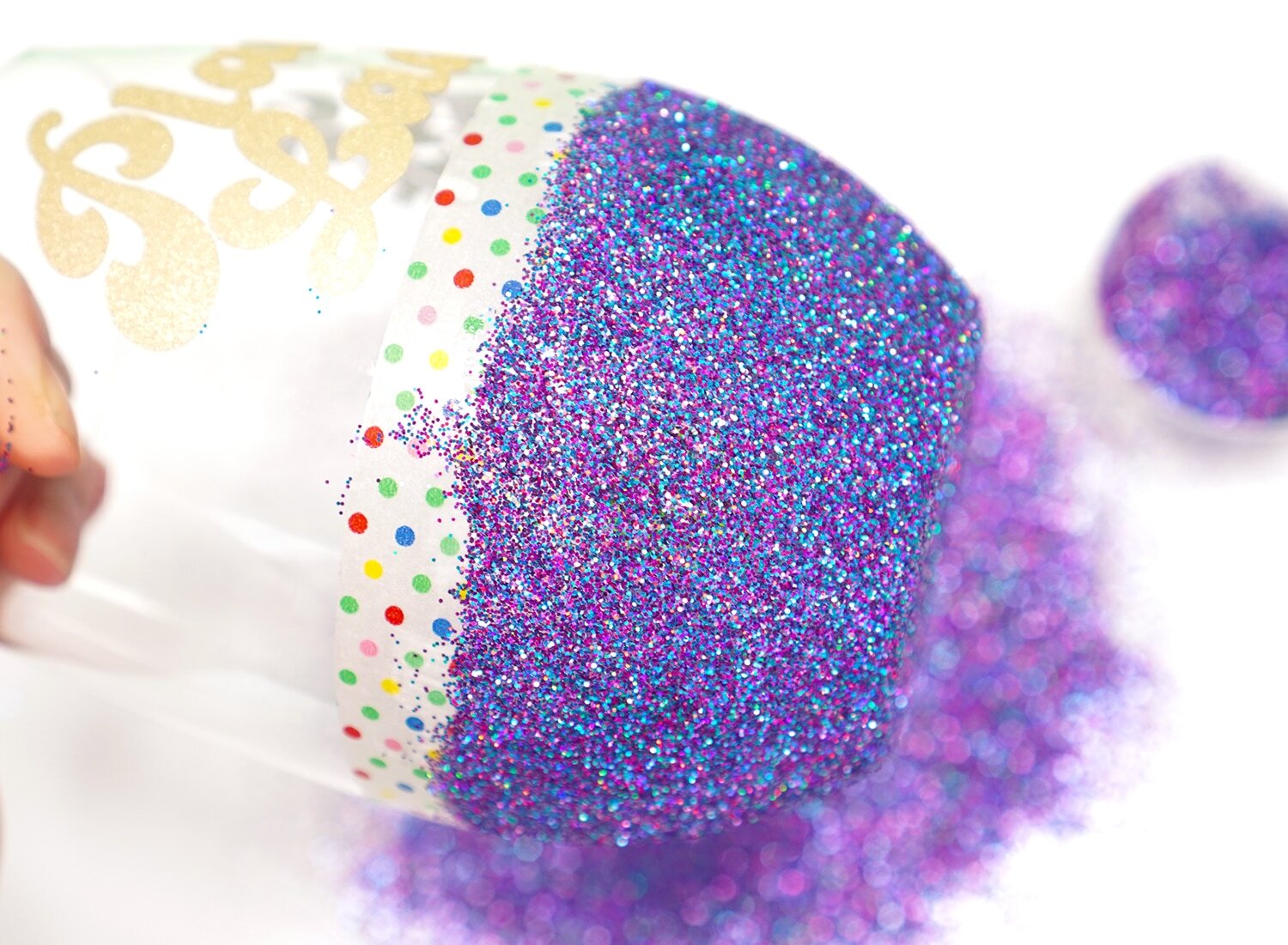
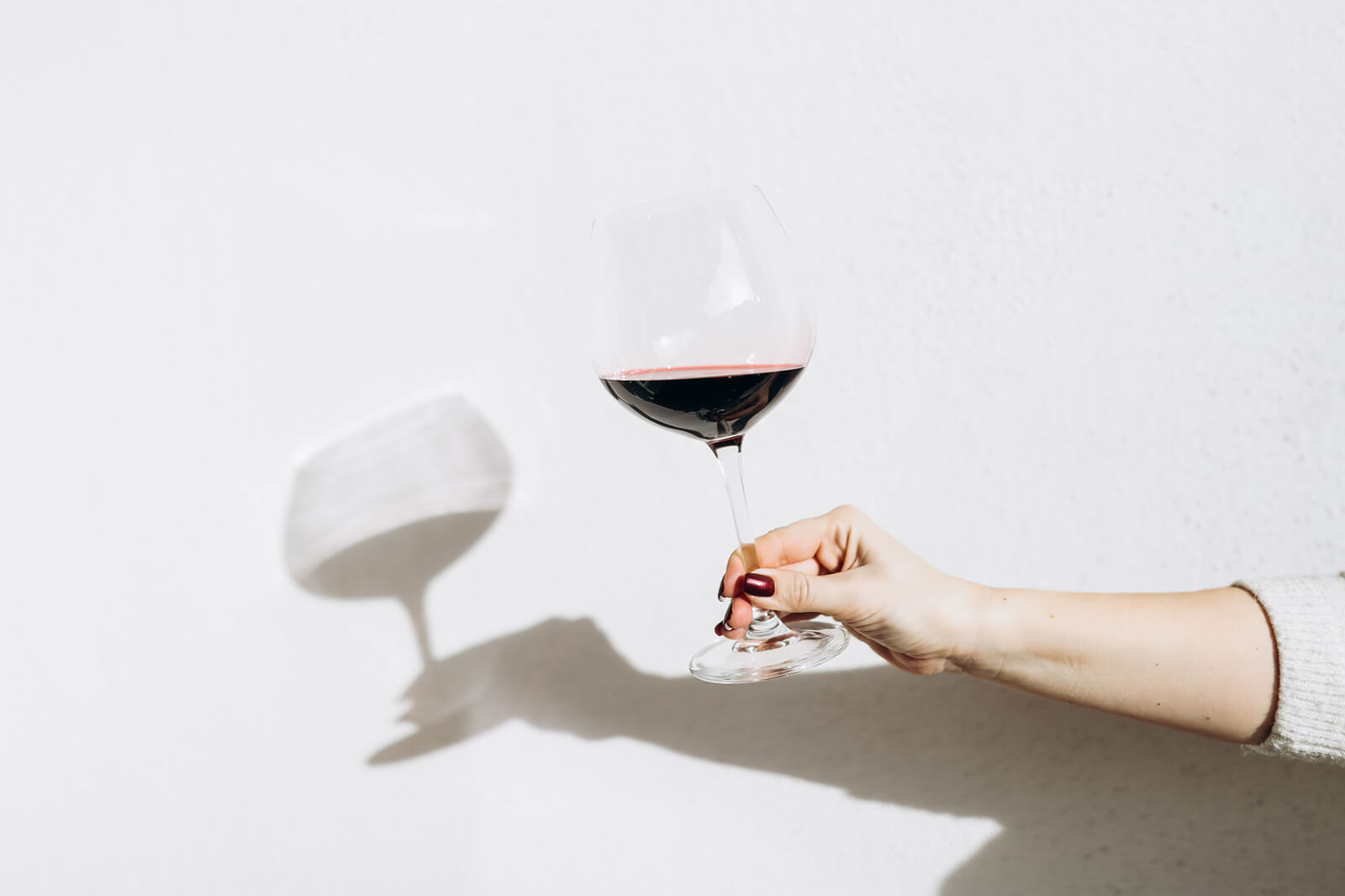
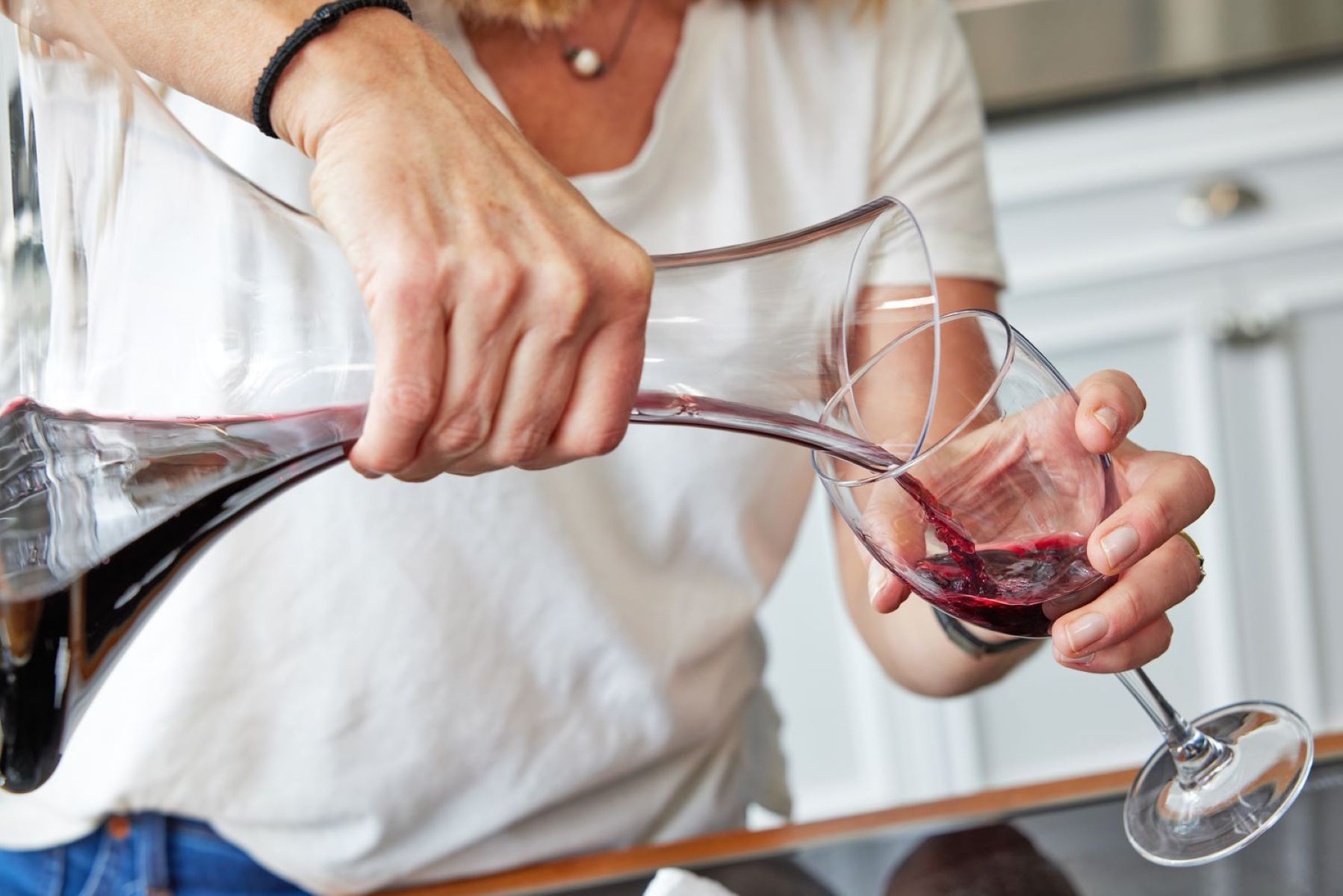
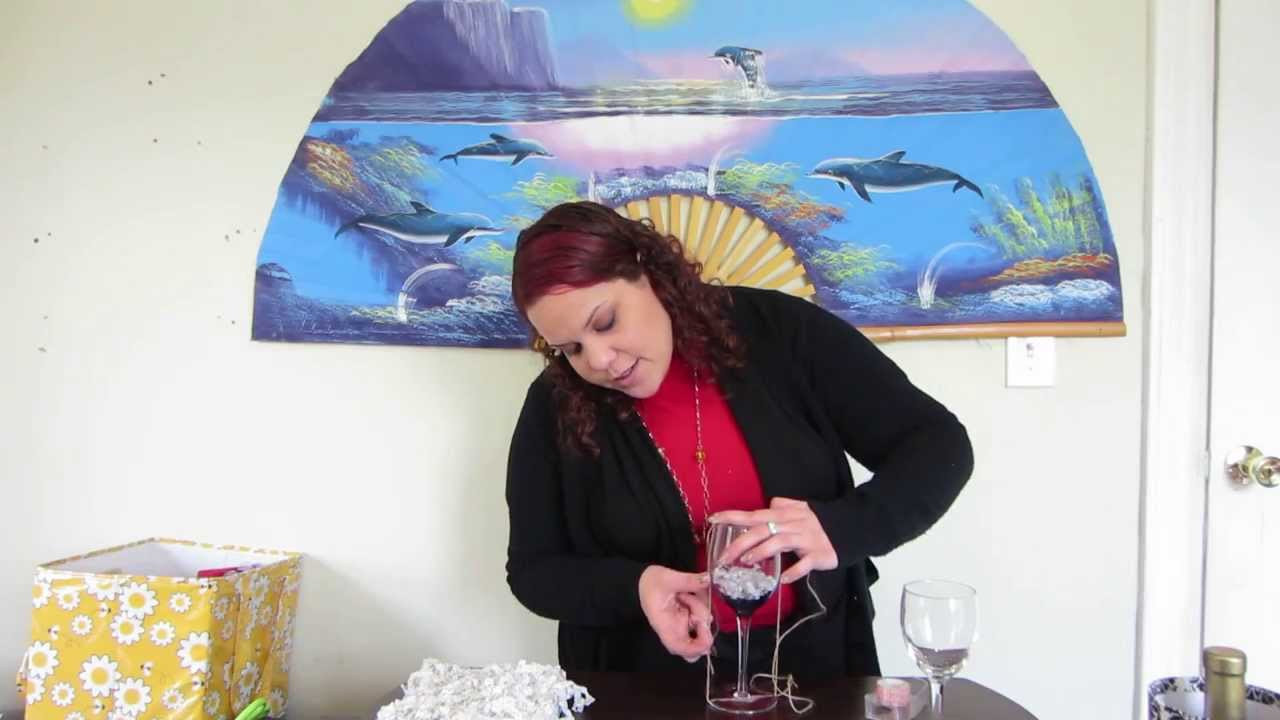

0 thoughts on “How To Price Wine By The Glass”